
views
- When resetting your Windows PC, you'll have the option to keep your personal files or start from scratch.
- To reset your Mac, you'll need to start up your computer in recovery mode to access Disk Utility.
- Always back up your files before restoring your computer to its original factory settings.
Windows 10

Back up all personal files you want saved to an external disk, flash drive, or cloud storage system. Resetting your computer will delete all personal files and data from your system.
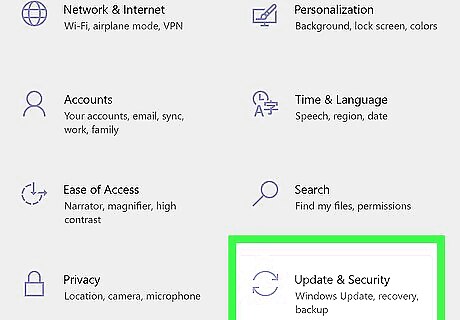
Click on “Settings” and select “Update and security.”
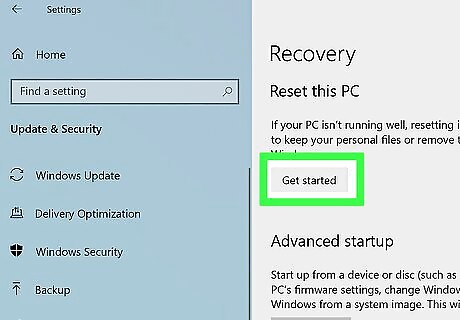
Click on “Reset this PC” and select “Get started.”
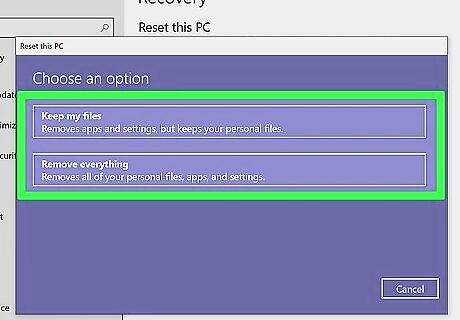
Select one of the following reset options. Windows 10 allows you to reset your PC and keep all personal files, remove everything, or restore the original factory settings. Keep my files: Reinstalls Windows 10 while keeping your personal files, but deletes all apps, drivers, and settings you installed or changed. Remove everything: Reinstalls Windows 10 and deletes all files, apps, drivers, and settings you installed or changed. Restore factory settings: Reinstalls the original version of Windows that came with your PC and deletes all files, apps, drivers, and settings you installed or changed.
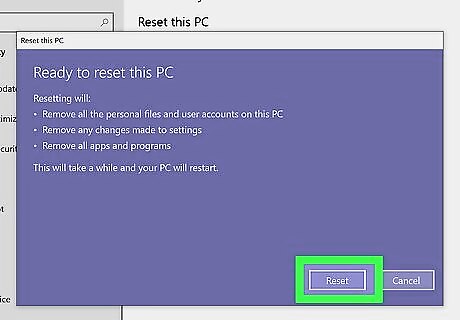
Follow the on-screen instructions to reset your Windows 10 computer. When complete, Windows 10 will display the setup screen.
Windows 8.1 / 8
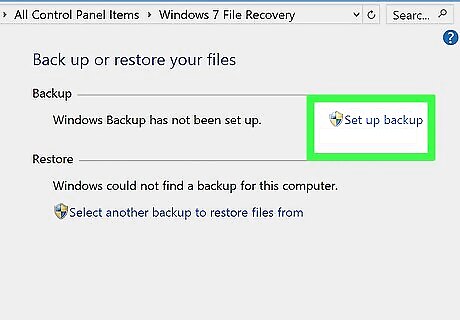
Back up all personal files you want saved to an external disk, flash drive, or cloud storage system. Resetting your computer will delete all personal files and data from your system.

Click on “Settings” and select “Change PC Settings.”

Click on “Update and recovery,” then select “Recovery.”
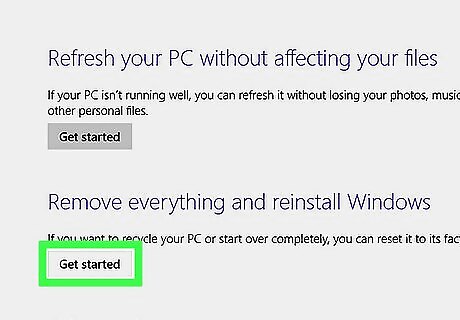
Click on “Get started” under “Remove everything and reinstall Windows.”

Follow the on-screen instructions to reset your Windows 8 computer. When complete, Windows 8 will display the setup screen. Resetting your computer will restore Windows 8 if you previously upgraded to Windows 8.1. After the reset is complete, you’ll be required to upgrade once again to Windows 8.1.
Windows 7 / Vista
Back up and save all important documents and files to an external disk, flash drive, or cloud storage system. Resetting your PC will erase all personal data from the computer.
Restart your PC, then watch your computer screen to identify the command that opens the Advanced Boot Options menu. This command will vary depending on your computer’s model and manufacturer. For example, Dell computers require you to press F8, whereas HP computers require you to press F11. Alternately, insert the Windows installation disc into your computer’s disc drive, go to Control Panel > Recovery > Advanced Recovery Methods, and select the option to reinstall Windows using the installation disc. Windows will guide you through the entire process for resetting your PC and reinstalling Windows.
Press the key that opens the Advanced Boot Options or Recovery menu.
Select the option to “Reset” or “Restore” your computer. This option may be labeled differently on your Windows 7 and Windows Vista PC depending on its model and manufacturer. In most cases, this option will read similarly to “Restore factory settings.”
Follow the on-screen instructions to reset your PC. When complete, Windows will display the setup screen and your PC will be restored to factory settings.
Mac OS X

Back up and save all personal or essential files to an external disk, flash drive, or cloud storage system. Resetting OS X will wipe and erase all personal files and data.

Click on the Apple menu and select “Restart.”

Press and hold the “Command” + “R” keys after your Mac restarts and the gray startup screen appears. This brings up the recovery menu.

Select “Disk Utility,” then click “Continue.”
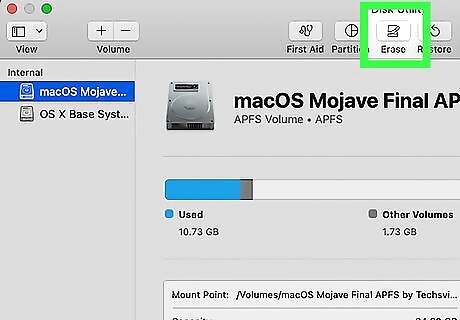
Select the startup disk or hard drive you want reset from the left pane of Disk Utility, then click the “Erase” tab.

Select “Mac OS Extended (Journaled)” from the “Format” dropdown menu.
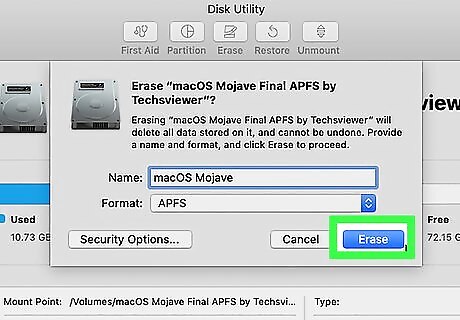
Type a name for the disk, then click “Erase.” OS X will start erasing and reformatting your hard drive, which may take up to several minutes to complete.
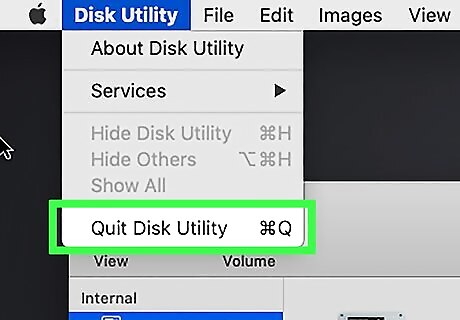
Click on “Disk Utility” and select “Quit Disk Utility.” This closes the Disk Utility window.

Click on “Reinstall OS X,” then click “Continue.”
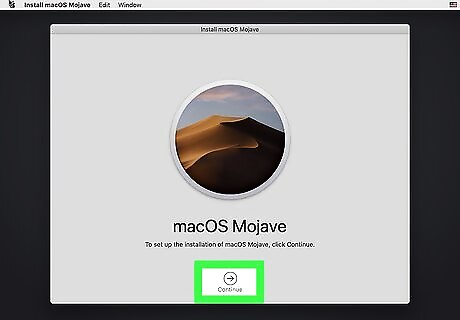
Follow the on-screen instructions to reinstall OS X. When complete, the original factory settings will be restored to your computer.



















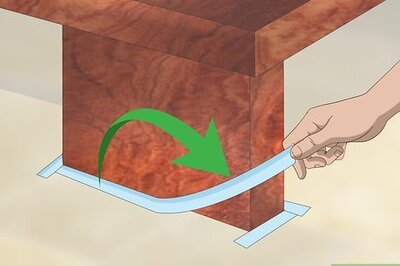
Comments
0 comment